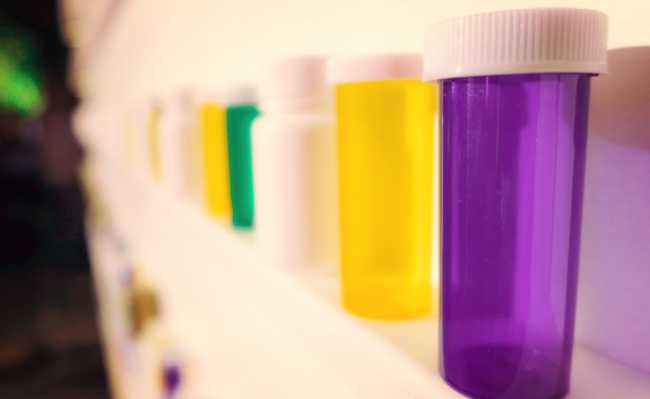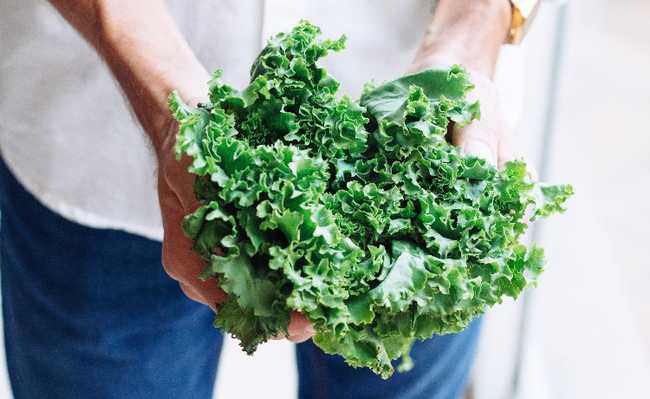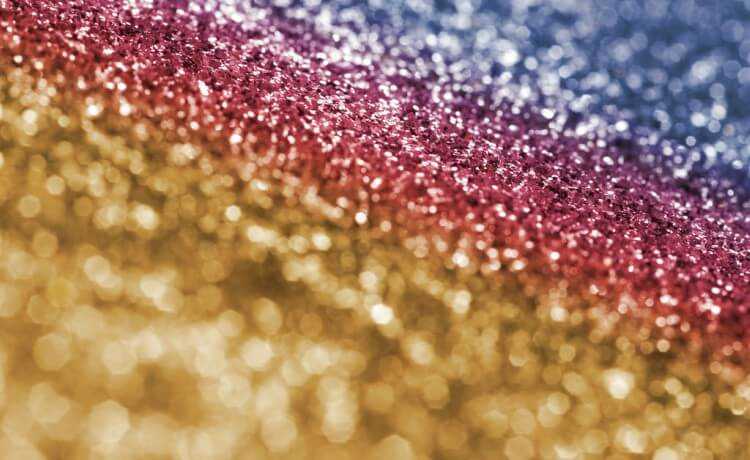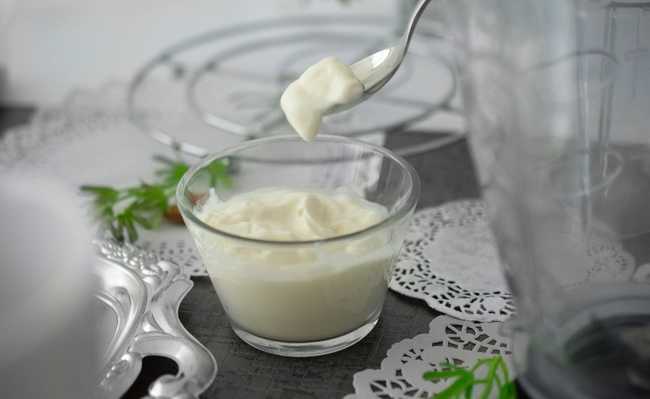Corn and fructose syrup: tasty but careful
Corn syrup and fructose are sugar concentrates and are present in many foods considered "tasty"

Image: Sonja Langford on Unsplash
Present in industrialized foods, such as soft drinks, ready-to-eat juices (box juice), condiments (ketchup, mustard), preserved fruits (canned), jellies, pasty sweets, cakes, puddings, powder for beverages, among others, syrup Corn is bad for your health, causes several effects on health and is one of those responsible for overweight in children, favoring the emergence of diabetes, obesity and reduced life expectancy.
Are corn syrup, fructose and glucose the same product?
Glucose (corn) and fructose syrups differ in relation to origin, but both are considered a concentrated solution of sugar and of reduced monetary value to be produced:
Glucose syrup, also known as high fructose corn syrup, is transformed into fructose through industrial processes and is obtained from corn starch. In the United States, this ingredient is very common and is part of the diet of a large part of the population.
On the other hand, fructose syrup (considered 1.5 times sweeter than sucrose) comes from sugar cane from a sucrose reaction.
Why pay attention?
Due to the increasing frequency with which processed foods are being consumed by new generations, the health effects that corn syrup or fructose syrup are causing are increasing.
Drinking beverages such as soda and ready-to-eat juices, in which there are excessive amounts of sugar in the form of corn syrup or fructose, provides an increase in the amount of calories consumed. This does not mean a reduction in the consumption of calories from solid foods, that is, the intake of calories from liquids causes less satiety than the intake of calories from solid foods.
In this way, we end up consuming more calories than we should for a balanced diet. The consequences can be: weight gain, obesity, diabetes, cardiovascular disease, vitamin and mineral deficiencies and insulin resistance.
In Brazil, the use of corn syrup is allowed by the National Health Surveillance Agency (ANVISA) as a source of carbohydrates in foods, including foods for children from zero years of age. Therefore, we should also pay even more attention to the consumption of foods rich in corn syrup and/or fructose.
Alternatives
Avoid consuming the foods mentioned at the beginning of the article, such as soft drinks, ready-to-eat juices (box juice), condiments (ketchup, mustard), preserved fruits (canned), jellies, pasty sweets, cakes, puddings and powder for beverages .
If you have a child at home, don't get her taste buds used to artificial flavors. The more processed foods children are offered, the less they will want to eat natural foods, and the more difficult their nutritional re-education will be.
Use natural sweeteners in your recipes like coconut sugar, stevia, xylitol and agave.
- Six natural sweetener options without synthetic sweetener










